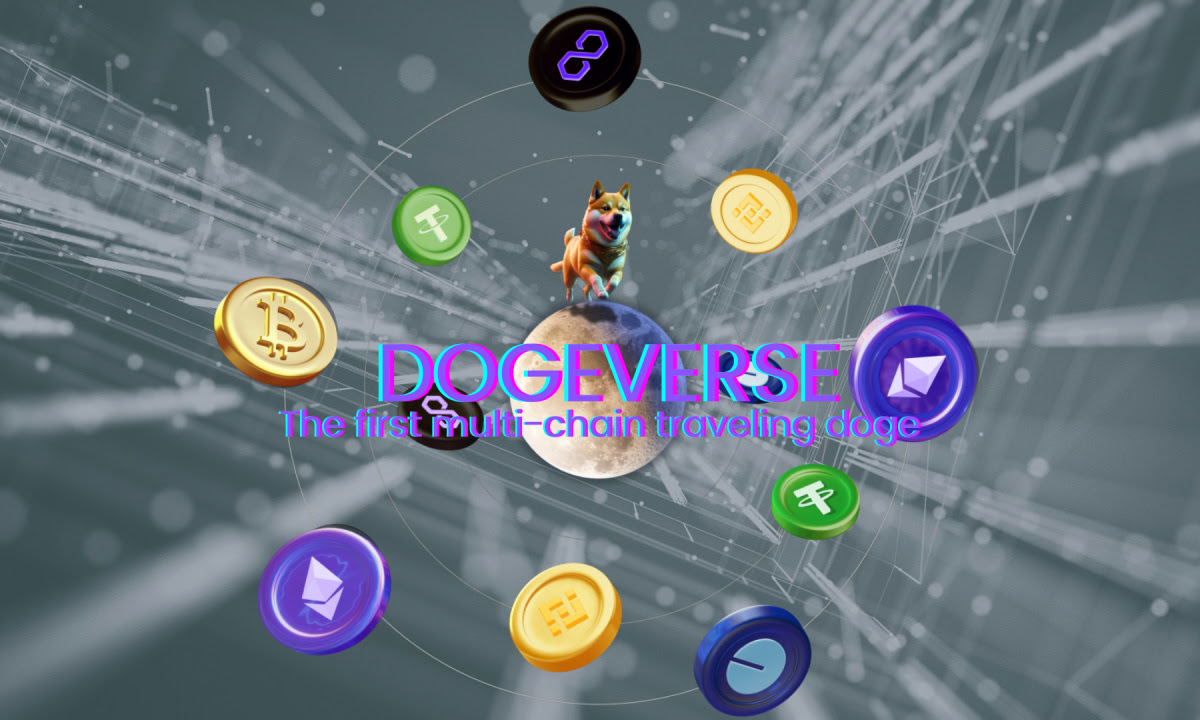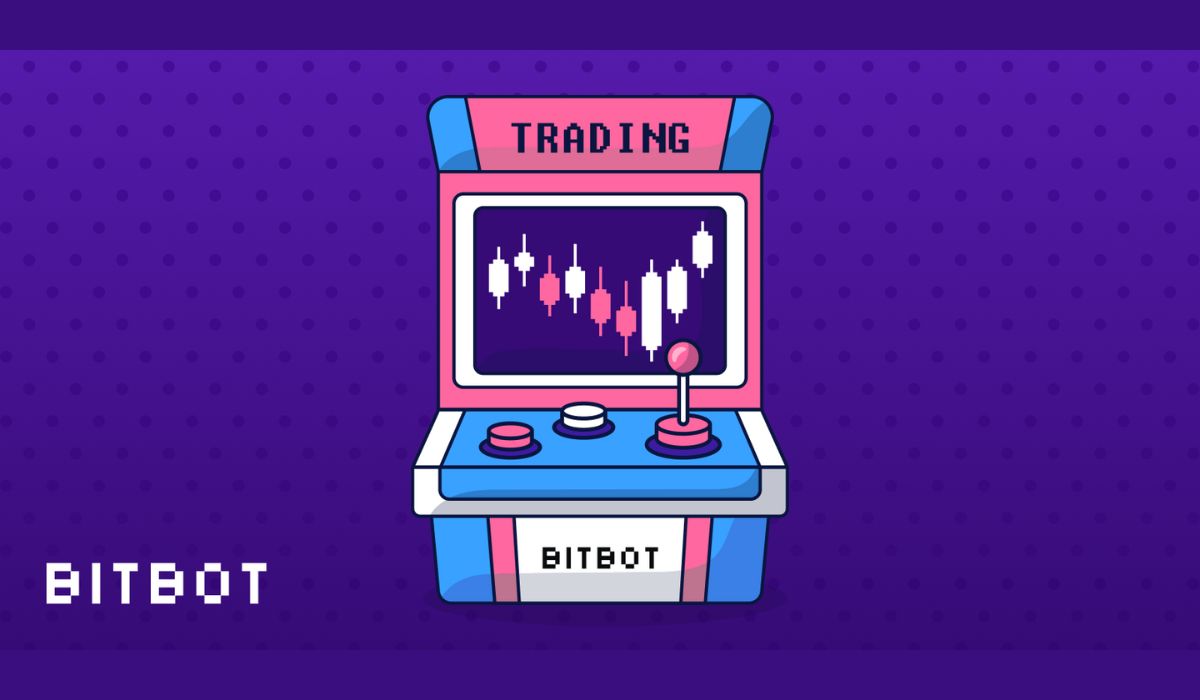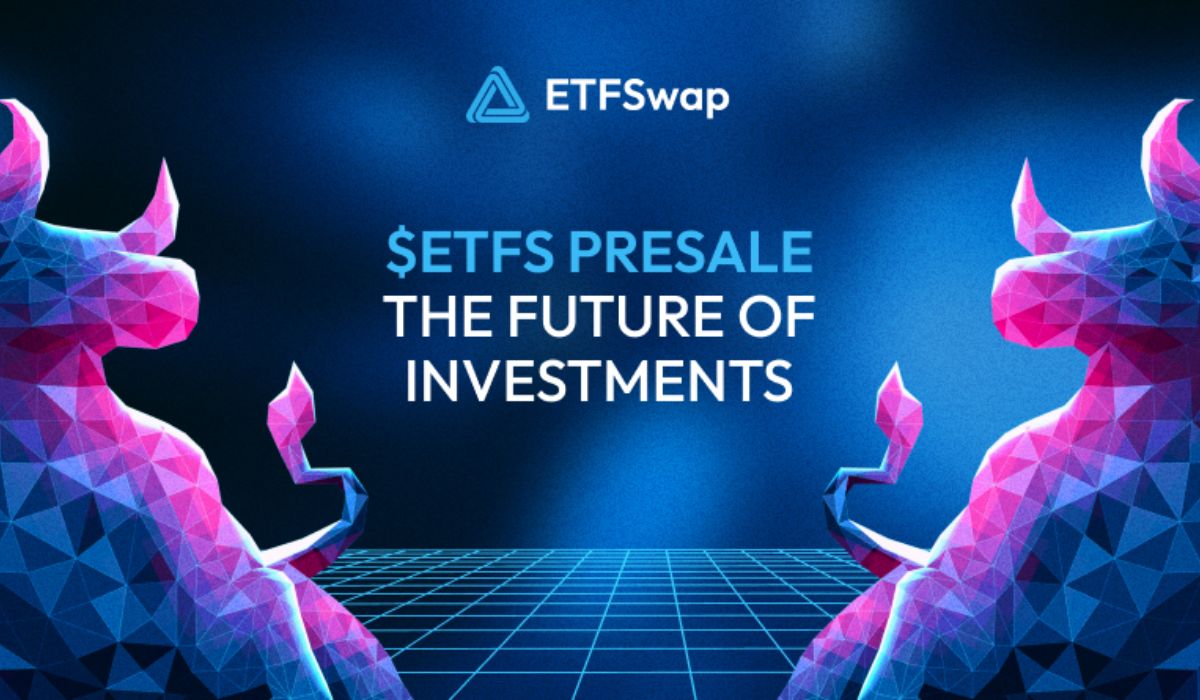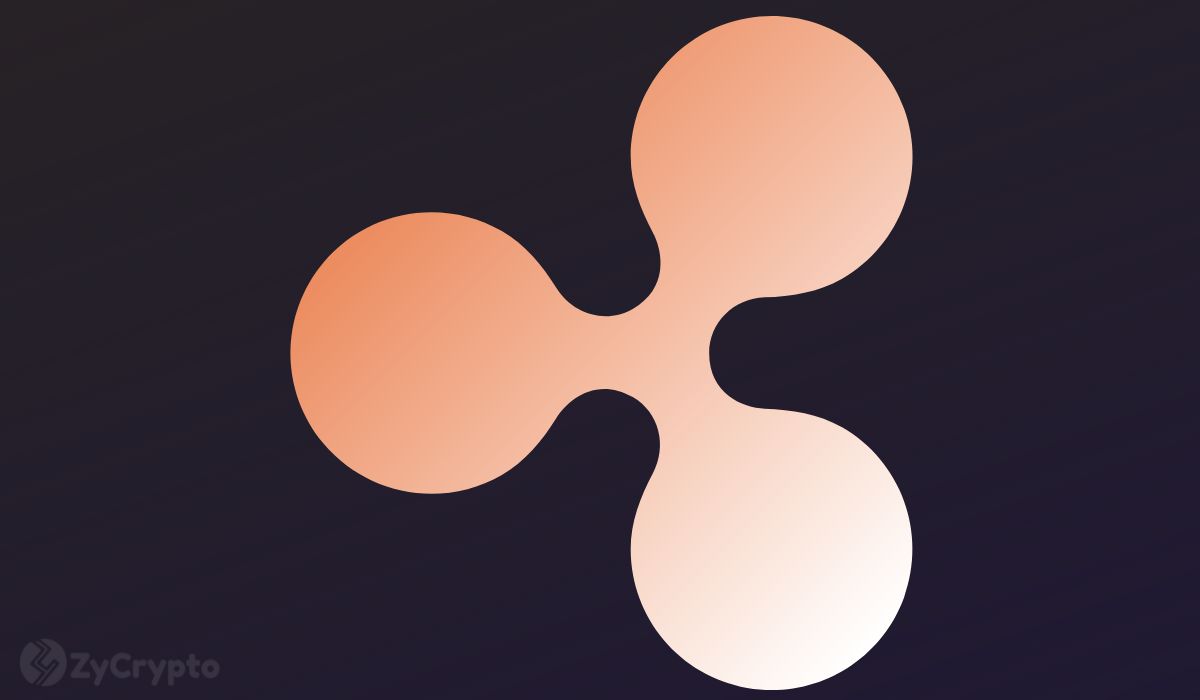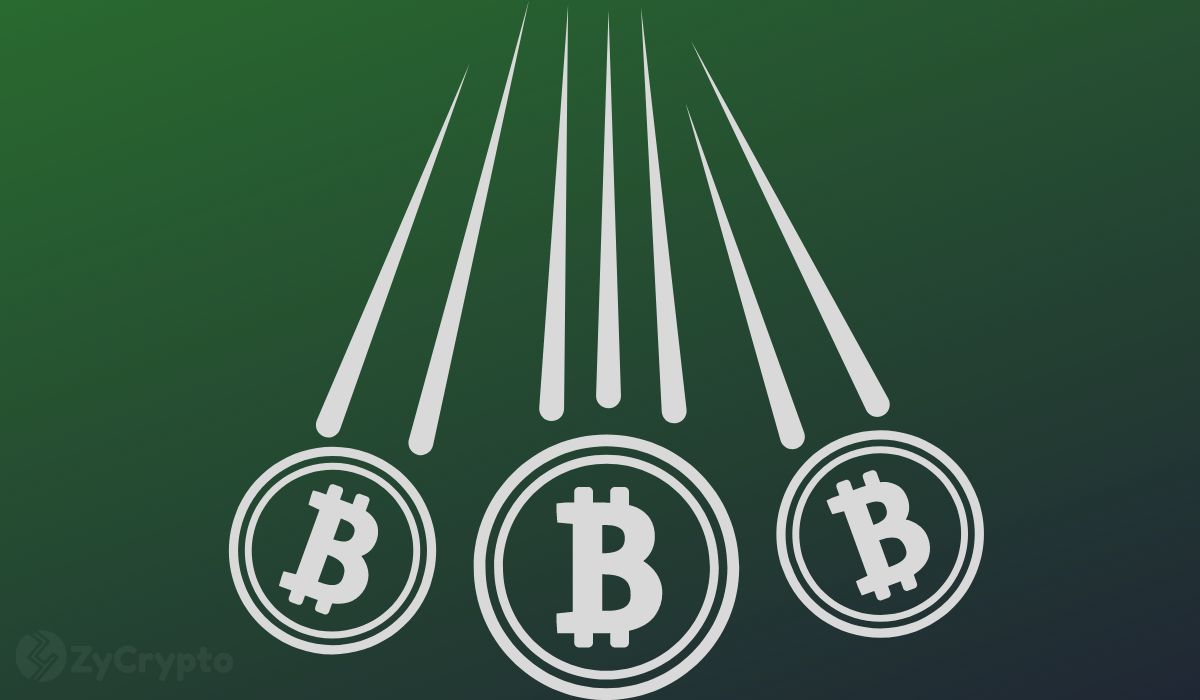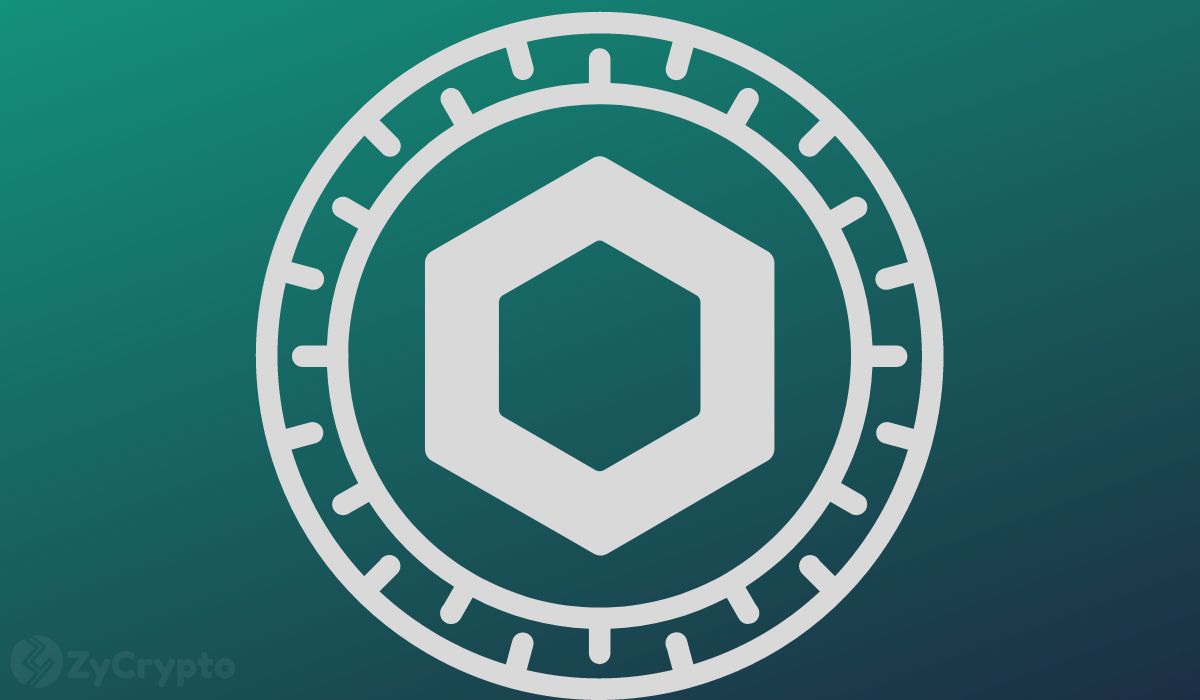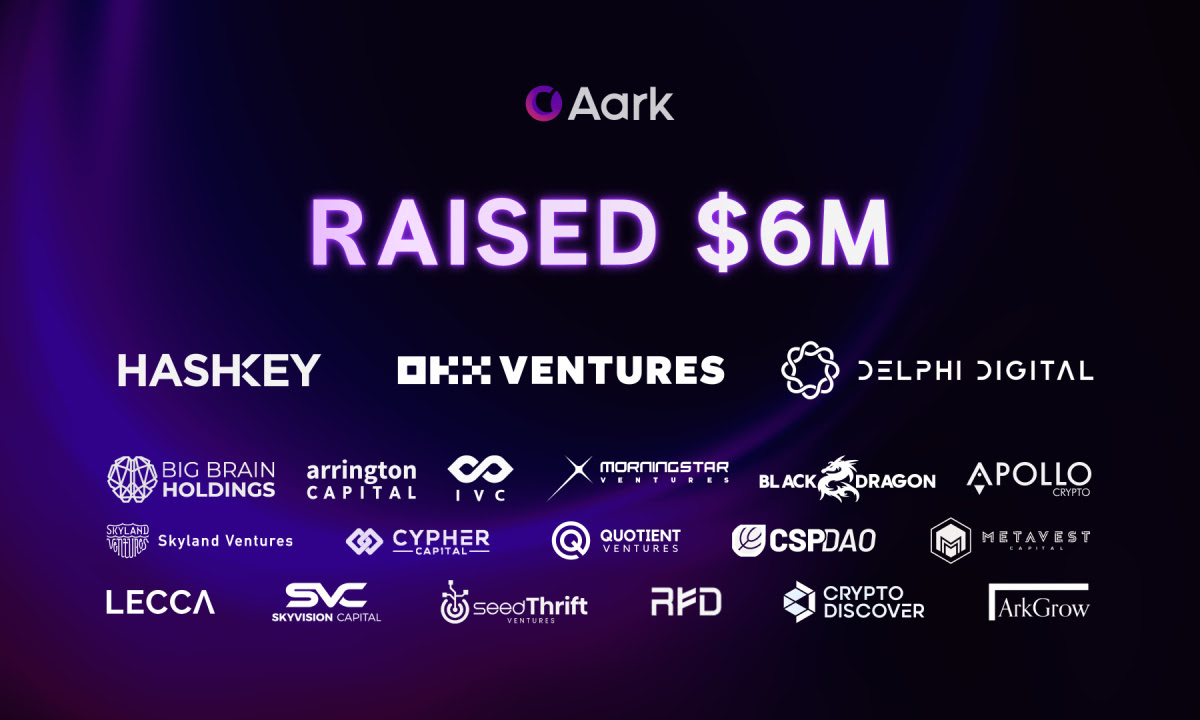Bitbot’s presale has captured the crypto world’s attention, spectacularly surging past $2.2m with only 5 stages left. This isn’t your typical crypto launch; Bitbot is the first non-custodial trading bot, introducing a groundbreaking layer of security to AI-driven trading.
Its position as the best new crypto isn’t just by chance—it’s a testament to its innovative approach, blending state-of-the-art features with robust security measures. In a market thirsting for innovation, Bitbot emerges as an example of trust and efficiency, making it one of this year’s top cryptos.
What is Bitbot?
The Bitbot presale is redefining the cryptocurrency trading landscape with its pioneering non-custodial, security-first approach, starkly contrasting the security challenges many leading crypto projects face. By ensuring that users maintain complete control over their assets without handing over wallet keys, Bitbot significantly reduces the risk of hacks and unauthorized access, marking a significant advancement in crypto security.
Elevating security measures to unprecedented heights, Bitbot is partnered with Knightsafe, integrating cutting-edge anti-MEV (Maximum Extractable Value) and anti-rug pull technologies.
This commitment to impenetrable security is born out of necessity. The AI crypto trading industry witnessed a few security oversights, with projects like Banana Gun and Unibot being disrupted in their early stages.
Bitbot introduces a 12-month emission schedule, further cementing its commitment to a long-term horizon and aligning its interests with community success. This initiative is detailed on Bitbot’s Medium page, offering transparency and insight into the strategic foundations underpinning the platform.
What else attracts Adherents to the Bitbot presale
There is more to Bitbot than its top-notch security. Pre-sale holders are offered unique incentive programs.
With a generous 15% lifetime commission on referral trading fees, Bitbot rolls out the red carpet for its community. If that weren’t enough, Bitbot’s revenue-sharing model breaks new ground at 50%.
Lastly, it harnesses the power of advanced AI to offer trading tools designed to maximize profitability and efficiency for traders of all levels. The platform features an automated sniping tool that capitalizes on buying low and selling high, executing trades at the best time based on algorithmic analysis.
Furthermore, Bitbot’s copy trading functionality enhances the trading experience, allowing users to mimic the strategies of experienced traders.
Adding to its features, Bitbot introduces the Gem Scanner and the Alpha List, two innovative tools that scour the internet for high-potential projects and presales about to skyrocket. These tools provide Bitbot users with early access to emerging opportunities, ensuring they are always ahead in the fast-paced crypto market.
How high can Bitbot go?
Bitbot, currently available at $0.0155, is on a trajectory that could redefine success in the market. With 29.03% growth potential before reaching its final presale milestone of $0.02, the anticipation for its performance post-listing is palpable.
As it prepares to make its mark on exchanges in 2024, Bitbot is uniquely positioned at the intersection of two explosive trends: the thriving Telegram trading bot market, now worth $1.39 billion, and the burgeoning AI technology sector.
The crypto market, buoyed by the anticipation of the upcoming Bitcoin halving and BTC’s surge to new all-time highs, provides an optimistic backdrop for Bitbot’s launch. These significant market events are expected to inject further momentum into crypto, creating an ideal environment for innovative platforms like Bitbot.
Drawing comparisons with industry successes, consider Banana Gun’s BANANA token, which soared to $43.42 from just $0.65, demonstrating an incredible 66x increase since September 2023.
Impressively, Bitbot has already matched Banana Gun’s presale fundraising efforts. Given its superior security features and cutting-edge AI capabilities, predictions of Bitbot reaching $1 by the year’s end seem more than plausible. Such a milestone would signify 50x gains from its final presale price and potentially even better returns.
Its growing community further bolsters the project’s credibility and wide-scale anticipation, with more than 178k followers on X and 25k members on its Telegram channel. The Bitbot following can keep track of the project via regular Medium updates.
Bitbot presale surge establishes its status as the best new crypto
As Bitbot’s presale catapults beyond $2.2m, leaving just 5 stages and the buzz is undeniable. This is potentially a great asset: a ticket to one of the best new cryptos on the market. Bitbot’s groundbreaking security and AI-driven trading prowess excite users keen on securing a seat on the journey.
With the clock ticking and 29.03% left before the presale concludes, you won’t want to miss the opportunity to be part of Bitbot’s ascent — a project set to be the top Telegram trading bot. Seize the moment and jump on board.
To learn more and purchase BITBOT tokens, visit the official website.
Disclaimer: This is a sponsored article, and views in it do not represent those of, nor should they be attributed to, ZyCrypto. Readers should conduct independent research before taking any actions related to the company, product, or project mentioned in this piece; nor can this article be regarded as investment advice. Please be aware that trading cryptocurrencies involve substantial risk as the volatility of the crypto market can lead to significant losses.
Advertisement




